The Black Death was a devastating and highly contagious disease that swept through medieval Europe, causing the deaths of millions and leading to widespread disruption. Germany, known then as the Holy Roman Empire, was not spared and it hit its bustling commercial and trading hubs the hardest. An estimated 40% of the population died.
Cities with extensive trade networks such as Lübeck and Hamburg saw swift and severe depopulation due to their interconnectedness. The plague didn’t just stop at disrupting trade; it also battered the religious, academic, and economic life in cities like Erfurt and Regensburg.
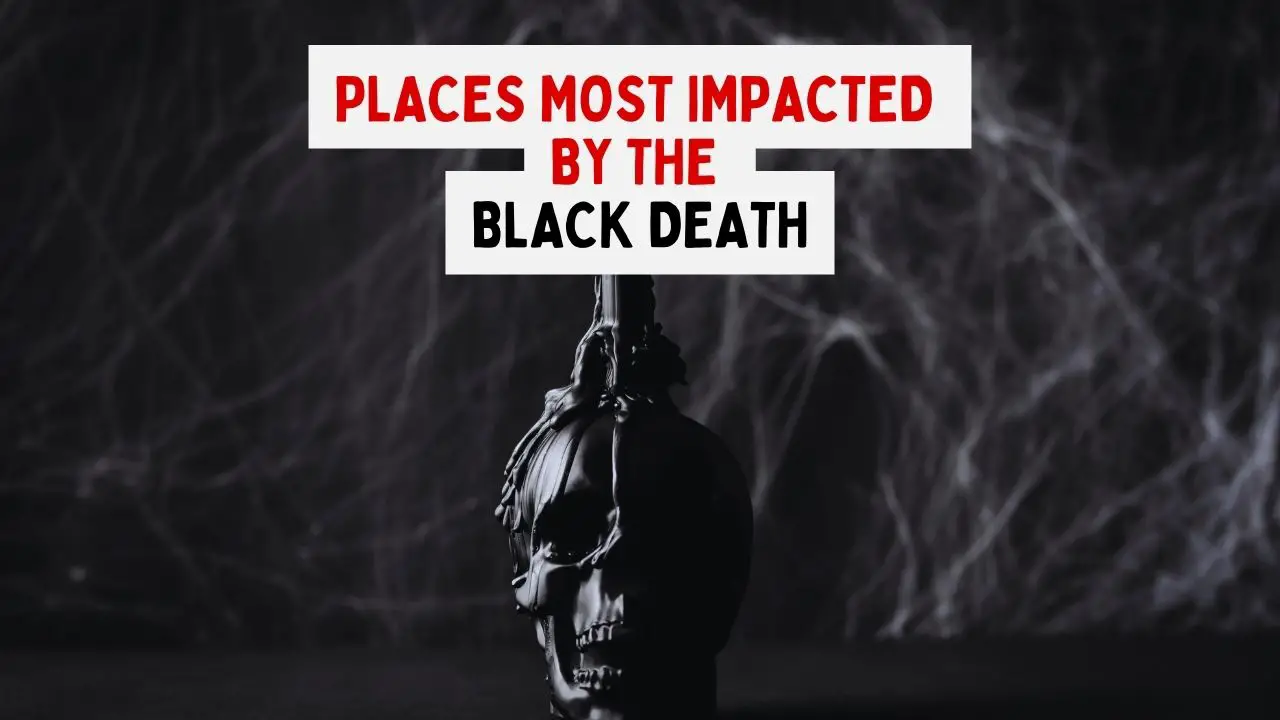
This article delves into the ten major German cities that were most severely affected by the Black Death in the 14th century. We’ll explore how this devastating event impacted cities like Lübeck, Cologne, Nuremberg, and Hamburg, among others.
Despite the massive impact and the significant loss of life, what’s remarkable is that all the cities on our list—unlike some places that vanished altogether—continue to thrive today as major urban centers in Germany. Join me as we uncover the stories of resilience and recovery in these historic cities, whose streets still echo the distant memories of the Black Death.
Love Germany? Click here to download your free guide to 25 Incredible Things You Must Do In Germany In Your Lifetime. You won’t want to miss them!
Places In Germany Most Impacted By The Black Death
1. Lübeck
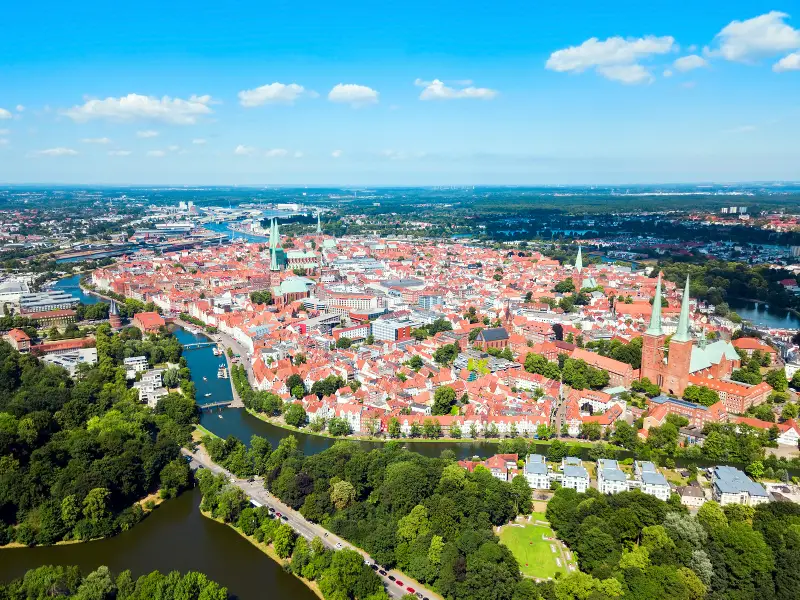
Lübeck, at the forefront of the Hanseatic League, was a pivotal trading hub in medieval Germany. Its significant role in maritime commerce placed it at the epicenter of the Black Death’s spread.
Ships arriving from various regions carried not only goods but also the deadly plague, which flourished in the bustling port city. The dense population, combined with the constant movement of merchants and sailors, created an environment where the plague could rapidly infect large numbers of people.
The resulting high mortality rates drastically reduced the population, disrupting trade and local economies for years. Lübeck’s experience reflects the overwhelming impact the Black Death had on major commercial centers.
Want to learn more about Lübeck today? Click here to read our full guide.
2. Cologne
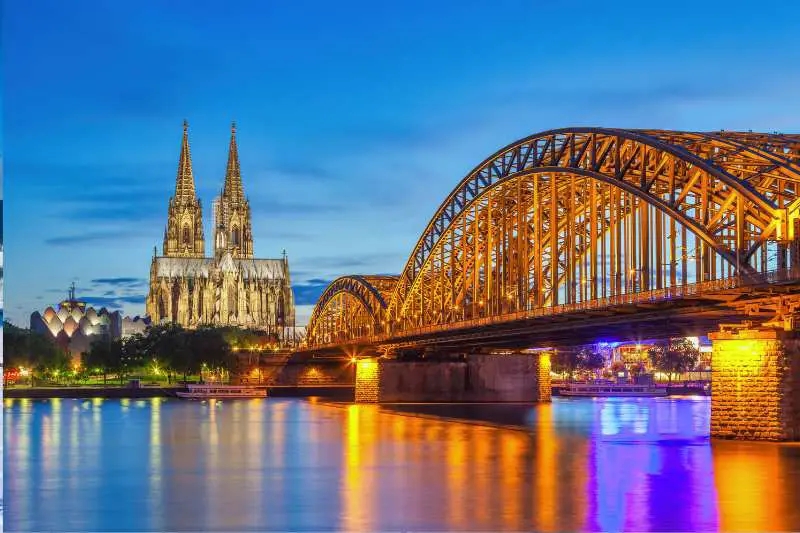
Cologne was one of the largest and most influential cities in medieval Germany, boasting a large population and significant cultural and economic importance. The city’s dense urban environment facilitated the spread of the Black Death, leading to a catastrophic loss of life.
As a major trading center located along the Rhine River, Cologne was heavily trafficked by merchants and travelers, which accelerated the transmission of the disease.
The resulting social and economic chaos profoundly affected the city, causing labor shortages, a decline in trade, and widespread fear and uncertainty among the survivors. The devastation wrought by the plague in Cologne is a testament to its significant role in the medieval world.
Want to learn more about Cologne today? Click here to read our guide.
3. Nuremberg
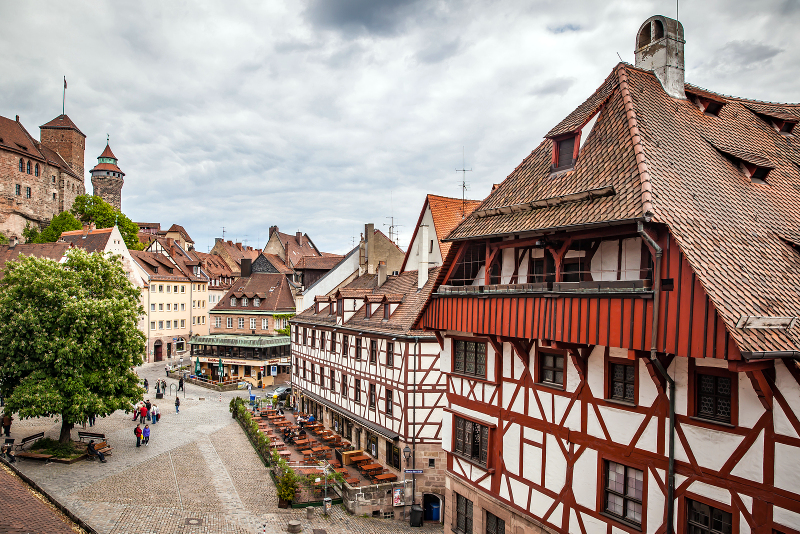
Nuremberg’s central location made it a key node in medieval trade networks, connecting various parts of Europe. As a major commercial hub, the city saw frequent influxes of merchants and goods, which included the vectors of the Black Death.
The disease spread swiftly among its dense population, causing extreme mortality and disrupting daily life. The outbreak in Nuremberg resulted in a dramatic population decline, which in turn affected local industries and trade.
Additionally, the city’s cultural vibrancy was dimmed by the loss of many of its residents. The multifaceted impact of the plague on Nuremberg underscores the vulnerability of urban centers to such pandemics.
Want to learn more about Nuremberg today? Click here to read our full guide.
4. Hamburg

Hamburg, another crucial member of the Hanseatic League, played a significant role in medieval European trade. The city’s prominence in maritime commerce meant that it was a frequent point of contact for ships arriving from regions afflicted by the Black Death.
This international trade network facilitated the swift spread of the disease into the city. Hamburg experienced devastating mortality rates, with a large portion of its population succumbing to the plague.
The ensuing labor shortages and economic disruptions had long-lasting repercussions, impairing the city’s ability to recover quickly. The experience of Hamburg highlights the broader vulnerability of trading cities to pandemics.
5. Erfurt

Erfurt was an important ecclesiastical center, home to a major cathedral and several monasteries, which made it a significant spiritual and intellectual hub in medieval Germany. Its status as a cultural and religious focal point did not spare it from the horrors of the Black Death.
The disease spread rapidly in the densely populated city, leading to high mortality rates among both the clergy and laypeople. This loss of life had a profound impact on the local religious institutions and disrupted the city’s social fabric.
Additionally, the academic and clerical networks centered in Erfurt were adversely affected, leading to a temporary decline in scholarly activity.
Want to learn more about Erfur today? Click here to read our full guide.
6. Bremen
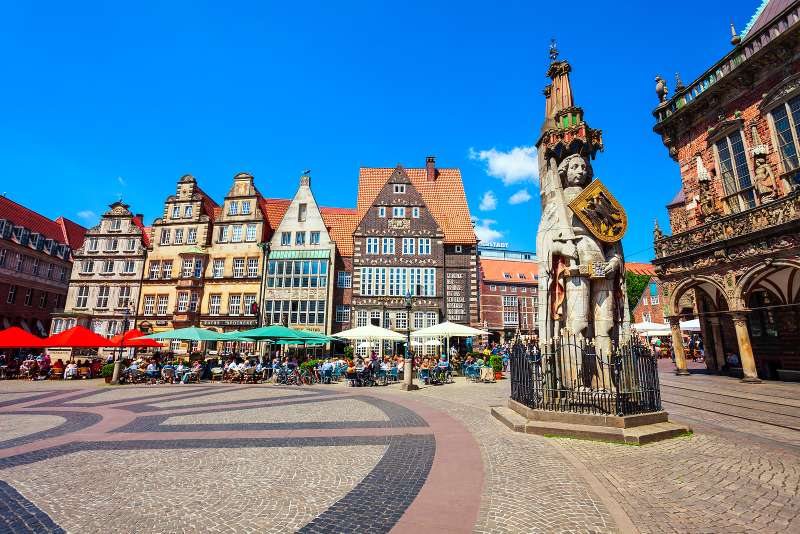
Bremen’s role as a commercial center and port city made it particularly susceptible to the Black Death. As a member of the Hanseatic League, Bremen had extensive trade connections with other European regions, including those already ravaged by the plague.
The disease likely entered through infected rats and fleas on ships, quickly spreading among the city’s residents.
Bremen saw significant loss of life, which severely disrupted its economic activities and hampered trade. The resulting demographic decline had lasting effects on the city’s ability to function efficiently as a commercial hub.
Want to learn more about Bremen today? Click here to read our full guide.
7. Augsburg

Augsburg, renowned for its trade and banking prowess, was not spared by the Black Death’s catastrophic effects. The city’s economic success relied heavily on its bustling markets and dense merchant population, which unfortunately proved to be fertile ground for the swift transmission of the plague.
The outbreak resulted in a severe death toll that decimated the labor force and disrupted commercial activities, leading to economic instability. Additionally, the loss of prominent banking families deeply affected the financial landscape.
Augsburg’s ordeal during the Black Death highlights the far-reaching impact of the plague on economic centers and the challenges faced in rebuilding post-pandemic.
Want to learn more about Augsburg today? Click here to read our full guide.
8. Frankfurt
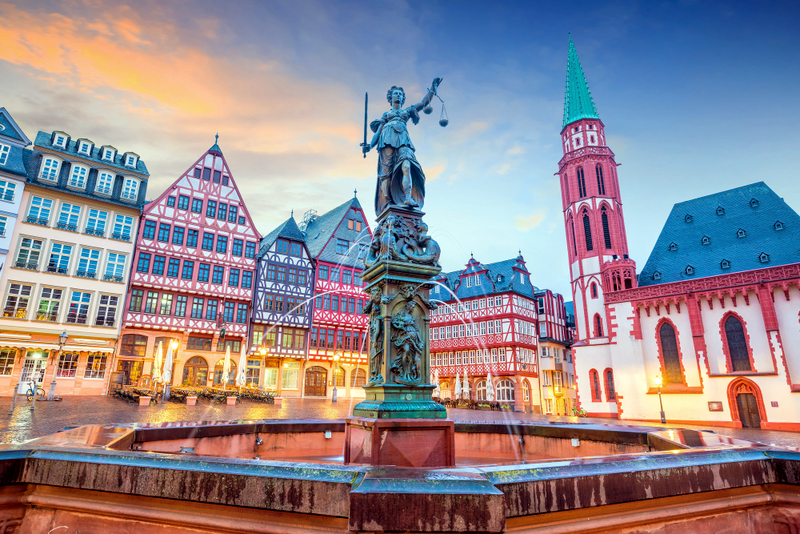
Frankfurt’s strategic location along major trade routes made it a vital commercial center in medieval Germany. Known for its trade fairs, the city attracted numerous merchants and visitors from across Europe.
This constant influx of people facilitated the spread of the Black Death, which soon engulfed the city. The high mortality rate caused immense disruption to the fabric of daily life, including significant economic losses as trade declined and labor became scarce.
Frankfurt’s prominence as a trading city meant that the effects of the plague were felt not just locally but also in the wider region reliant on its market activities.
Want to learn more about Frankfurt today? Click here to read our full guide.
9. Regensburg

Regensburg’s position on the Danube River made it an important link in the trade routes between the Holy Roman Empire and the East. This strategic significance did not protect it from the ravages of the Black Death.
The frequent movement of traders and goods into the city facilitated the rapid spread of the disease, leading to a devastating loss of life. The high mortality rate among both the local population and transient merchant community disrupted the city’s trade and economic operations.
The severe impact on Regensburg illustrates how even cities with strategic trading advantages were not immune to the widespread effects of the plague.
10. Strasbourg
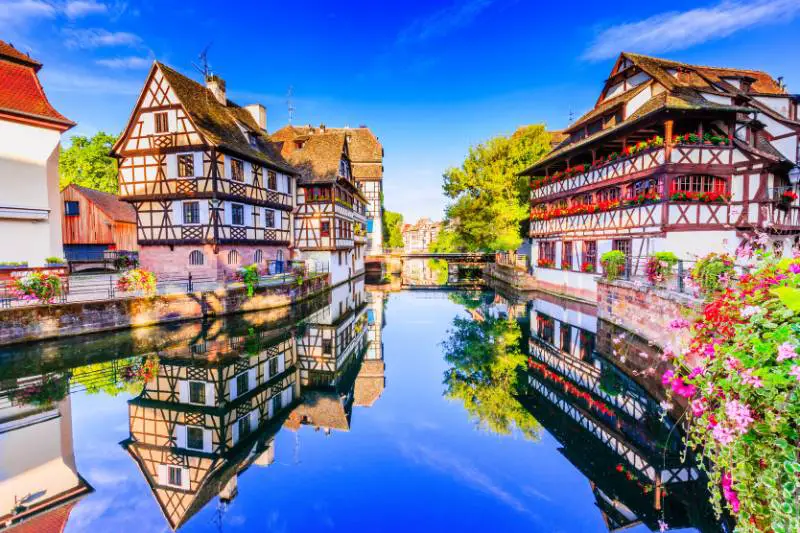
Although Strasbourg is now part of modern-day France, in medieval times, it was a significant city within the Holy Roman Empire and thus relevant to this list.
Strasbourg experienced one of the most infamous repercussions of the Black Death: the Strasbourg Massacre of 1349. Fear and paranoia about the cause of the plague led to widespread scapegoating of Jewish communities, resulting in the execution of hundreds of Jews in Strasbourg.
This tragic event not only highlights the severity of the epidemic in the city but also the social unrest and violence that the Black Death incited. Strasbourg’s experience underscores the extreme consequences of the plague beyond just the loss of life from the plague itself.
The major German cities that suffered during the Black Death have shown an extraordinary ability to recover and flourish. Despite the severe population losses and economic disruptions, cities like Lübeck, Cologne, and Nuremberg have evolved into thriving urban hubs, reflecting their resilient spirits and strong communities.
The stories of these cities are a testament to human perseverance and adaptability. Today, they serve as vibrant reminders of the German people’s enduring strength, illustrating how even the gravest of adversities can be transformed into opportunities for growth and renewal.
Learn more about the history of Germany in this 5-minute overview or check out the most beautiful cities in Germany here. You can also find all our guides to German history here.

